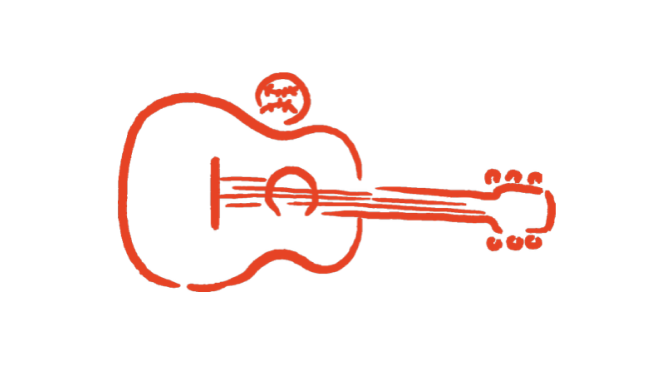
The Greer Guitar
the story behind
the giant guitar
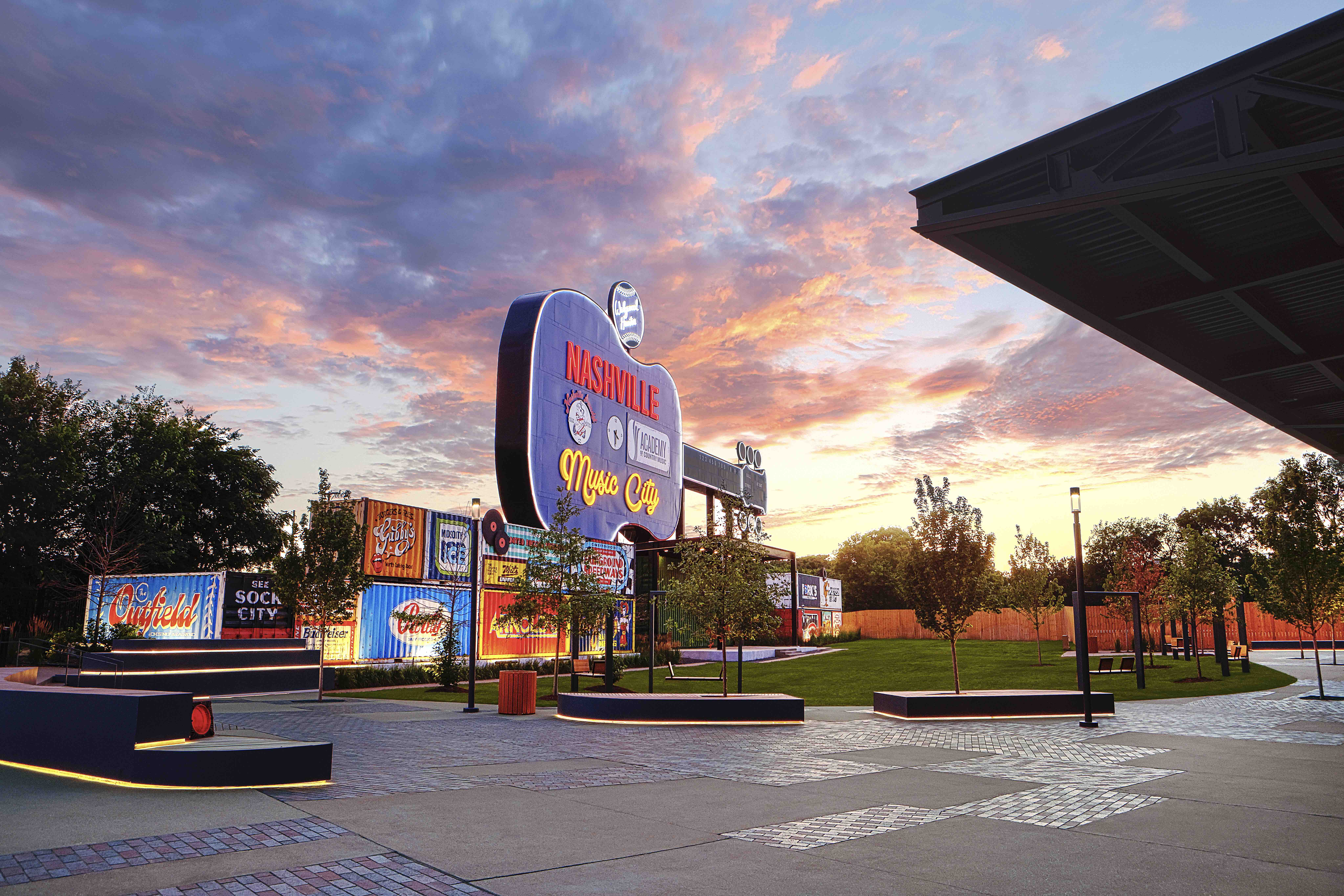
A baseball city
Nashville has long been a baseball city. The sport was first introduced to the area in 1862, during the Civil War, and in 1885, the city's first professional team—the Nashville Americans—began playing at the historic Sulfur Dell.
By the turn of the twentieth century, the sport had taken hold, and in 1901, the Nashville Vols—the city's longest-running minor league team—was formed. The Nashville Vols played at Sulfur Dell for over fifty years before dissolving in 1963. Sulfur Dell was demolished in 1969.
With no place to play and a growing appetite for the sport, Nashville needed a baseball field.
Enter former Vanderbilt University baseball coach Larry Schmittou.
In 1976, after the City of Nashville decided against funding a new ballpark, Vanderbilt University baseball coach Larry Schmittou teamed up with a group of investors, including Conway Twitty, to finance a new stadium and minor league team. With a lease from the Metro Parks Board for a parcel of land by the old Fort Negley, Schmittou and his team commissioned a 7,200-seat baseball stadium.
Herschel Greer Stadium—named after Herschel Lynn Greer, the first president of Nashville's minor league team—opened in 1978 as home to the aptly named minor league team, the Nashville Sounds. Herschel Greer Stadium went on to host nearly 3,000 games before officially closing in 2019 and was the #1 stadium in league attendance seven years in a row.
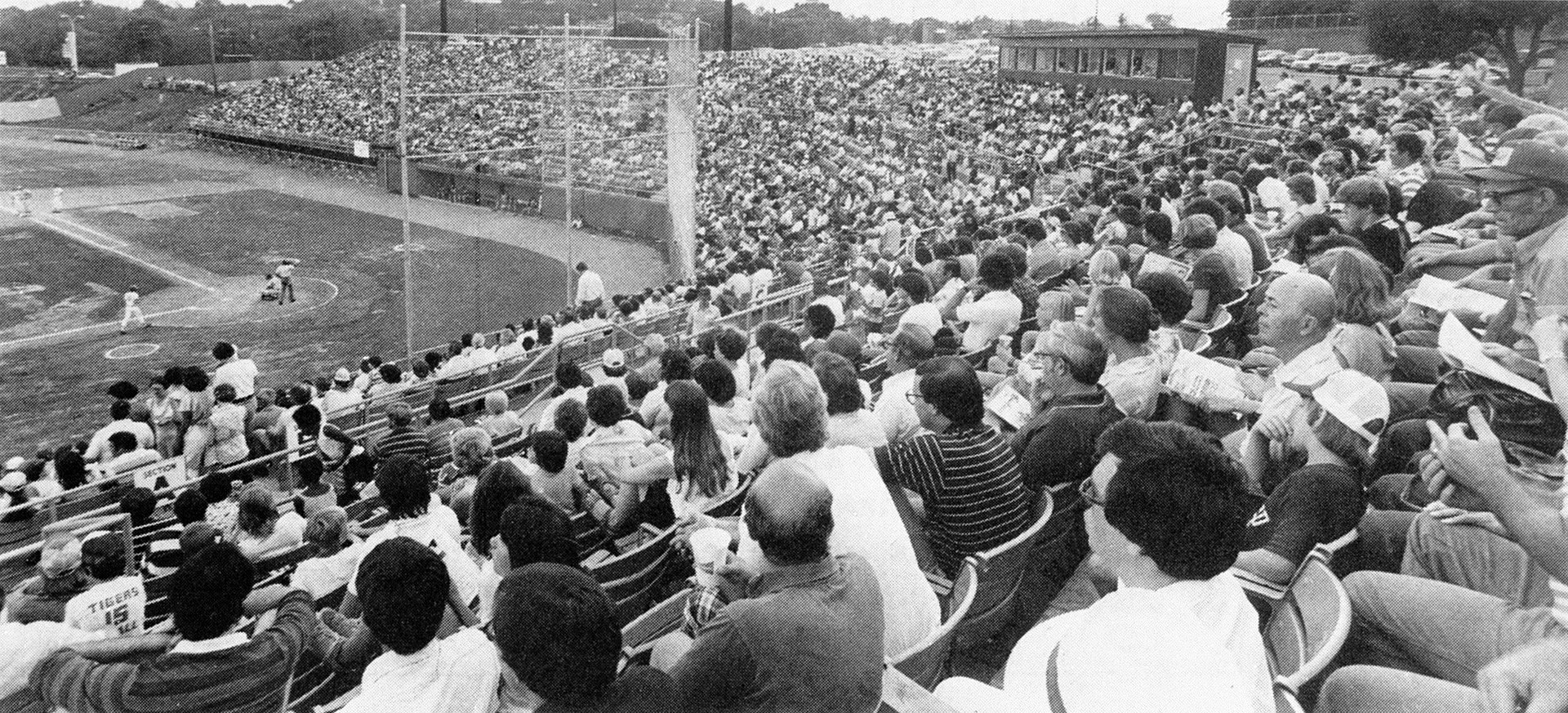

Above: Conway Twitty and Barbara Mandrell hosted the 1983 Celebrity Softball Classic at Greer Stadium.
Left: A 1978 baseball game at Herschel Greer Stadium in Nashville, home of the Nashville Sounds Minor League Baseball.
A 116-FOOT WIDE GUITAR
Before the 1993 season, Schmittou installed a 53-foot tall, 116-foot-wide guitar-shaped scoreboard in the outfield of Greer Stadium. Inspired by the city’s country music scene, the scoreboard was a custom piece by Fair-Play Scoreboards. The guitar featured two large message boards for announcements and game information and lines across the neck to record balls, strikes, and outs. An investment piece like this wasn’t exactly in Schmittou’s launch budget. Fair-Play incorporated ad spots across the face of the guitar and tuning keys, which Schmittou preemptively sold to Budweiser. Through those initial ad sales, Schmittou and the team were able to finance the guitar before it was purchased.
The scoreboard arrived weighing nearly 36,000 pounds and quickly became an icon. After each home run and victory, fireworks would shoot out from behind the guitar, and any player who hit the scoreboard won a free guitar from a local guitar brand sponsor. Nationally, the scoreboard became widely acclaimed as one of the most unique pieces of local flair in any ballpark.
After 37 seasons, the Nashville Sounds moved to a new stadium in Germantown in 2015. The original scoreboard was left behind and fell into disrepair.
An Icon Reimagined
Under the iconic guitar-shaped scoreboard, a central band shell looks out onto the acre lawn. The hand-painted shipping containers below the guitar feature recreations of original advertisements that once lined the outfield walls at Greer Stadium alongside vintage-inspired takes on ads for contemporary local businesses. AJ Capital Partners teamed with local artists at Studio Delger, I Saw the Sign, and Jarvis Signs to ensure the re-imagined band shell captured the spirit of the original.
Go to next place: MERRITT MANSION

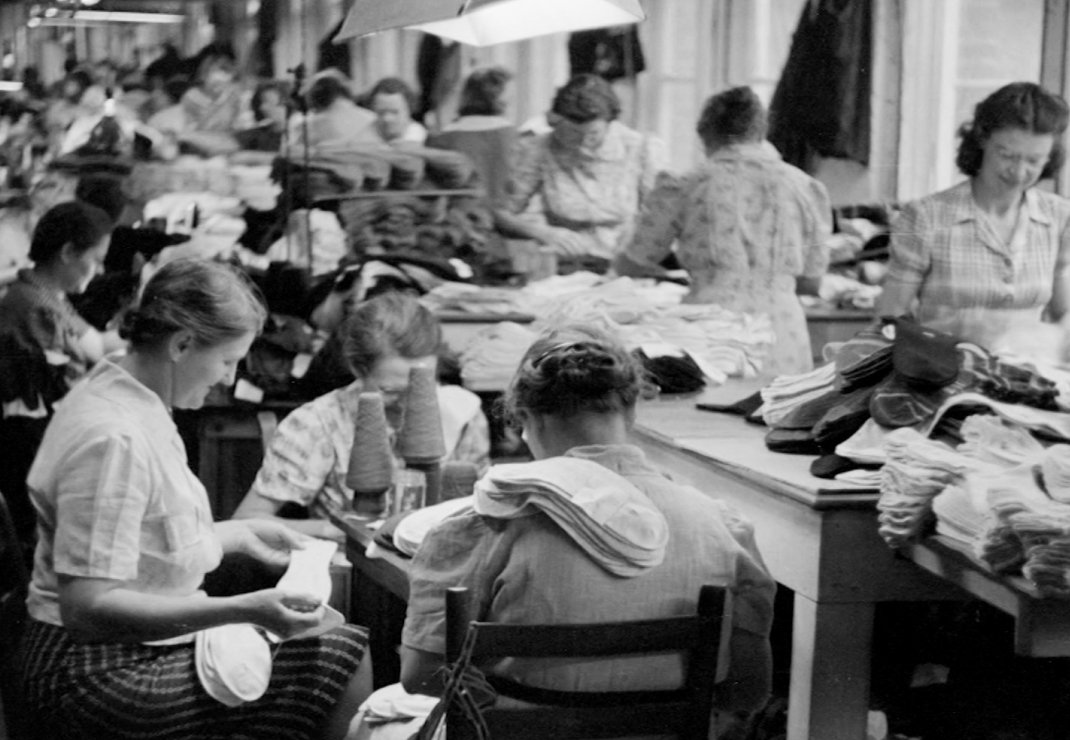

-2.jpg)
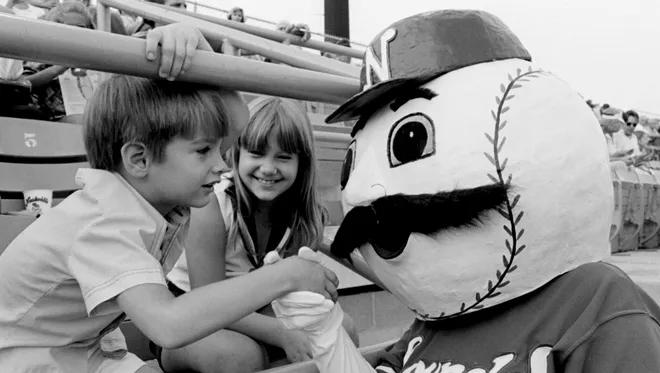
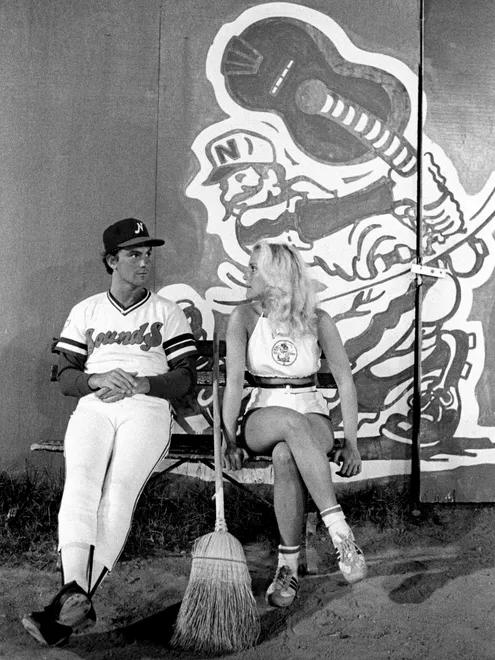
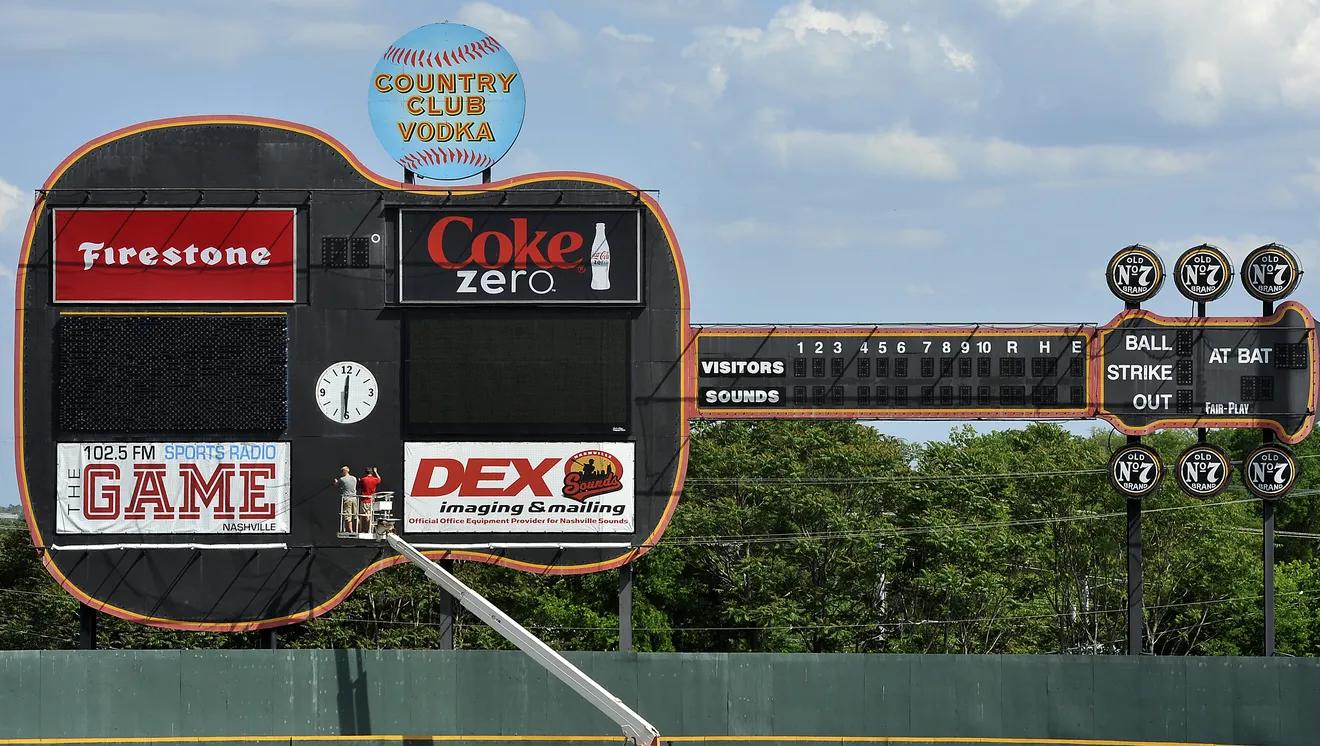

.jpg)
